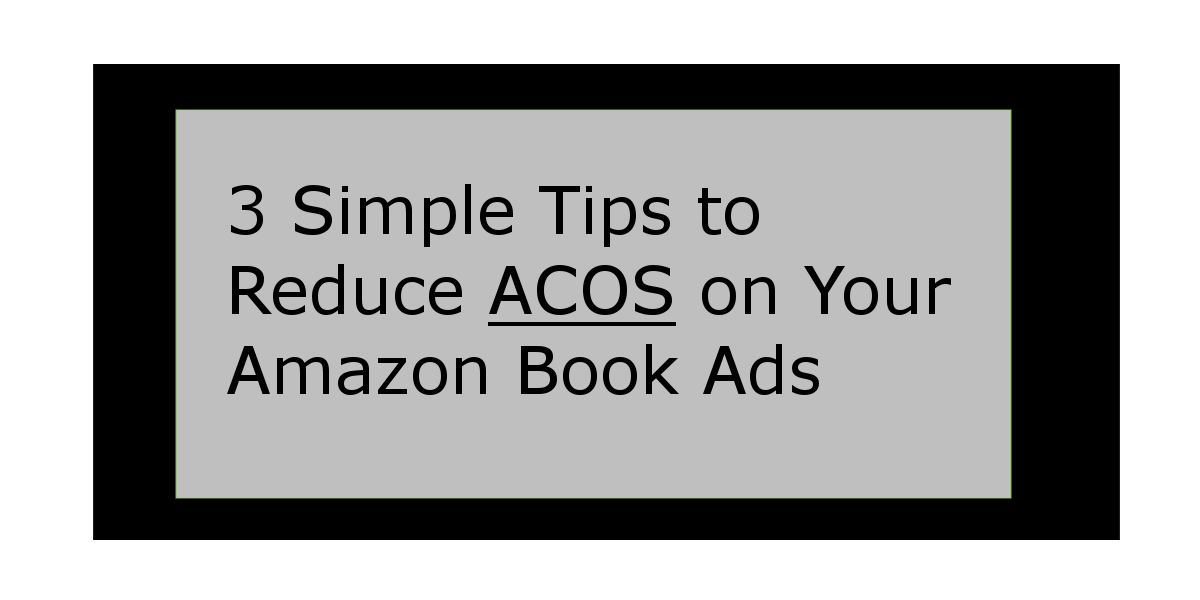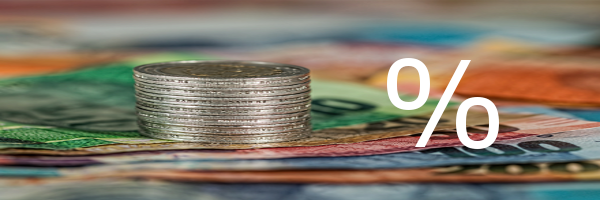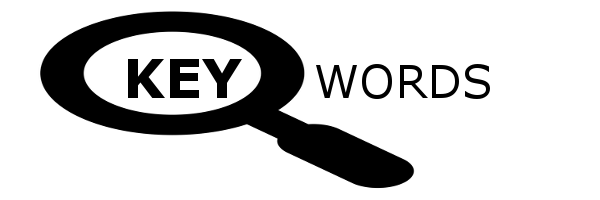 What is ACOS?
What is ACOS?
When you review your Amazon Book Ad, you will see that the title of one column on your report is ACOS.
The ACOS refers to the “Advertising Cost of Sales” or “Average Cost of Sales” in relation to your AD campaign (and is expressed as a percentage).
Example:
- For an Ad campaign expenditure of $10 that generates $100.
- ACOS = $10 (expenditure) ÷ $100 (the value of the sales) x 100 (to create a percentage) = 10%
NB. For the purpose of simplicity, I will only be referring to Amazon sponsored Ads in this post.
1. Know Your Profit Margins
 When you look at your ACOS, it is important that you realize that the sales revenue and the potential profits (or book royalties) are not the same things.
When you look at your ACOS, it is important that you realize that the sales revenue and the potential profits (or book royalties) are not the same things.
The Sales Revenue is what Amazon receives for your book and the royalties (your profits) are what Amazon actually pays you from the sale of your book.
For simplicity let’s assume that you are running an Ad campaign, and for each $8 you spend on your ad you achieve $10 in book sales. We will also assume that Amazon is paying you 70% of the books sales revenue as royalties.
- That gives you an ACOS of $8 (expenditure) ÷ $10 (the value of the sales ) x 100 (to create a percentage) = 80%.
- If you looked at only those figures, with an ACOS of 80% it would seem that you are making 20% profit on your Ads.
- In reality, If you only receive $7 (70% of the books Sales revenue) that changes your costs to $8 (expenditure) ÷ $7 (the amount Amazon pays you ) x 100 (to create a percentage) = 114%.
If the Advertising cost is 114% of the value of the income that you are receiving, you are clearly operating at a loss.
What is a Profitable ACOS
Knowing that an ACOS percentage of less than 100% doesn’t mean that we are actually making money, we need a better idea of what a profitable ACOS is.
The main place to start is the break-even point for your ACOS. This is where the income generated by your book sales covers the cost of your Ads.
Assuming that your Royalty rate for your Target Ad market is 70% then your ACOS break-even point should be 70%.
- Given an ACOS of $7 (expenditure) ÷ $10 (the Value of the sales ) x 100 (to create a percentage) = 70%.
- In reality, If you only receive $7 (70% of the books Sales revenue) that changes your ratio to of $7 (expenditure) ÷ $7 (the amount Amazon pays you ) x 100 (to create a percentage) = 100%.
- If you are spending 100% of our profits on Ad campaigns you are at break even.
I understand that there may be tax retentions from Amazon and other costs not factored into your royalty payments. The main point to understand here is that if your ACOS is over 70% you are not even achieving break-even.
Your own business plan and your Cashflow situation will mean that only you can determine, what return you want from your book Ads. Whatever your target ACOS you definitely need to know when an Ad is costing you money.
2. Choose the Correct Keyword Bid Price
 When you start an Amazon Book Ad based on Keyword searches, you are in effect entering into an auction scenario.
When you start an Amazon Book Ad based on Keyword searches, you are in effect entering into an auction scenario.
CPC
The price that you bid for your keyword is known as the Cost Per Click (CPC) and can determine if your Ad is actually displayed, or not.
If three authors are running an Ad using the Keyword “Thriller”:
- Author A bids $0.10 a click for this Keyword.
- Author B bids $0.20 a click for this Keyword.
- Author C bids $0.80 a click for this Keyword.
- Author C wins the bid and their Ad can be displayed on Amazons sales page, whenever someone types in the word Thriller in an Amazon search.
The model for these Keyword Ads is referred to as Pay Per Click (PPC), this means that you as the advertiser only pay when someone clicks on your Ad.
It might seem great that author C has an Ad that people will see, but the fact that they will be charged $0.80 for every click on that Ad may mean it’s not profitable.
Conversion Rates
For Amazon book Ads when we refer to the conversion rate, we mean the number of buyer clicks that convert into actual book sales.
e.g. if only one person buys a book from every ten people who click on your book Ad, the conversion rate is 10%.
As you still pay your bid price for each click, this is why it is important to set your bid price correctly.
- Author A bids $0.10 at 10% conversion rate they need 10 clicks for a sale, so a sale costs them (10 x $0.10) $1.00.
- Author B bids $0.20 at 10% conversion rate they need 10 clicks for a sale, so a sale costs them (10 x $0.20) $2.00.
- Author C bids $0.80 conversion rate they need 10 clicks for a sale, so a sale costs them (10 x $0.80) $8.00.
If we assume the same royalty profits (in the above section on profit margins) of $7 a sale.
Author C is winning the Bid and displaying their Ad, but it is not profitable as it costs $8 for every $7 of royalties (or profits). This results in a deficit of $1!
Although the bid price is important, you should also look at ways to optimize your conversion rates.
Ensuring that you have a great book cover, title, content and a great book listing will help increase conversion rates.
Don’t Accept Amazon’s Default Bid
When you start an Amazon Ad campaign based on keywords, Amazon has an initial default setting Bid for the keywords, you do not need to accept this bid.
- Amazon will also offer suggested bids for a word. If the suggested bid seems extortionate, look for alternative words.
- Start with a lower bid of around $0.10 a click and increase it as required.
- If you add words during a live Ad campaign, be aware that the default bid will still be set, whatever your current CPC bid is for other keywords.
3. Set a Budget and Be Patient
 The minimum budget that the Amazon KDP system allows per Ad campaign is $100.
The minimum budget that the Amazon KDP system allows per Ad campaign is $100.
If $100 seems a bit expensive, it should be noted that you don’t have to spend the full amount.
If your available advertising budget is less than $100, set the Ad budget to the minimum $100, but ensure that you know what your true budget is.
“Pause” or “Terminate” your Ad (in the Ad campaign settings), when it reaches the limit of your true budget.
Ways to Ensure that your Ad Expenditure doesn’t Reach $100:
- Set the Campaign over a longer period (e.g. three months).
- Set the CPC bid at a lower level.
- Set the Pacing of the Campaign to “Spread campaign evenly over its duration.
- Run one initial Ad campaign and hone your skills before trying multiple campaigns.
During the first week of your Ad campaign, the ACOS may look terrible, you need to monitor it but also give it time to gain some traction.
Review your campaign weekly and look for improvements. Don’t panic and stop a campaign, just because the results for week one are bad.
Understanding ACOS is important for your Amazon Book Ad Campaign Share on XWrapping Up ACOS
You should now have a better idea of what ACOS is and how to make the most of it, in your Amazon book advertising campaigns.
The simple concept of revenue over profits can elude businesses and cause them to fail.
As an author looking to make money from your writing, you should now understand this concept better.
Experiment with your first campaign and learn the tricks of the trade before trying to explore multiple campaigns.